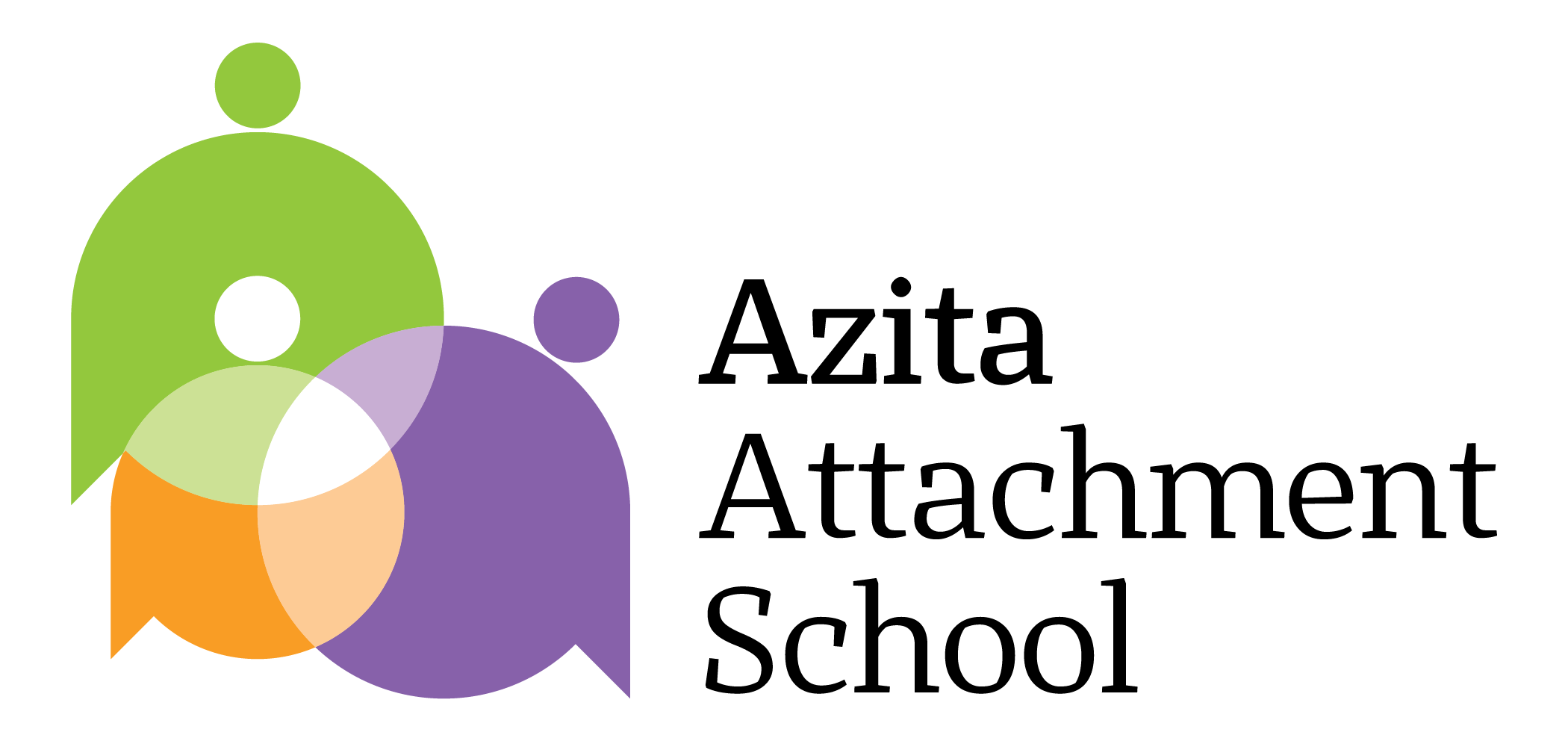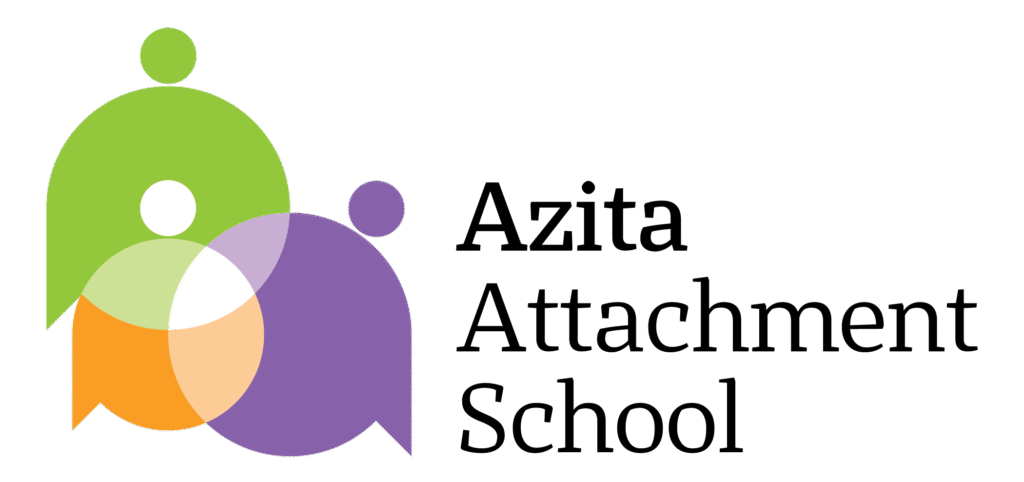Calm parents create secure children. This article explores the neuroscience and psychology of emotional regulation and offers practical tools for building safety and connection at home.
Introduction
Children learn more from how parents feel than what they say.
When a parent remains calm under stress, a child’s brain encodes the world as safe.
But when a parent frequently reacts with anger, anxiety, or withdrawal, the child learns:
“Safety is unpredictable. I must always be on guard.”
Emotional regulation is the foundation of secure attachment.
Research Findings
- ScienceDirect (2023): Conscious emotion regulation predicts secure child attachment.
- APA (2024): Parental calmness reduces child anxiety and behavioral reactivity.
- Cassidy & Shaver (2016): Consistent emotional responses stabilize attachment.
- Dan Siegel (2012): A parent’s self-awareness wires the child’s brain for emotional balance.
What Is Emotional Regulation?
It’s the ability to notice, understand, and respond to emotions — not suppress them.
For parents, it means staying connected while feeling frustration, fatigue, or fear.
Healthy regulation is not “no emotion,” but being emotionally present without being overwhelmed.
Attachment Perspective
In attachment theory, the parent is the secure base.
When a parent cannot manage their emotions, the child becomes emotionally unanchored.
In such cases, the child begins managing the parent’s feelings instead of their own — a phenomenon known as parentification.
Emotional Styles of Parenting
Style | Behavior | Message to Child |
Reactive Parent | Yells, threatens | “Feelings are dangerous.” |
Suppressive Parent | Withdraws or avoids | “Feelings should be hidden.” |
Regulated Parent | Names and accepts emotions | “Feelings can be understood and managed.” |
Case Study
Elaheh, mother of a 9-year-old:
Her son cried every night before sleep. She often lost patience and yelled.
Through coaching, she learned to pause, breathe, and name her own emotions.
Within weeks, her son began saying, “Mom, I feel sad — can you hug me?”
Why Emotional Regulation Matters
- Children co-regulate with parents.
- Calm parents help develop stronger neural pathways.
- Unregulated emotions keep children in defense mode.
- Regulation translates love into safety.
Step-by-Step Practice
- Self-awareness: Ask, “What am I feeling now?”
- Name emotions: “I’m tired,” “I’m scared,” instead of “I’m fine.”
- Pause before reaction.
- Use mindful breathing.
- Repair after rupture.
Home Practices
Journal your feelings nightly.
Label your child’s emotions before correcting behavior.
Practice active listening in stressful moments.
Schedule “parent breaks” — even short pauses restore balance.
Neuroscience Insight
When a calm parent interacts with a child, their brain waves synchronize.
This neural attunement teaches the child’s nervous system what calm feels like.
“A calm parent creates a calm brain.”
Conclusion
Emotion regulation is not optional — it’s essential.
Every sigh, every pause, every gentle look tells your child: “You’re safe.”
Through self-awareness and regulation, parents give children the greatest gift of all — a nervous system that trusts love.
References
- ScienceDirect (2023). Parental Emotion Regulation and Child Attachment.
- APA (2024). Parenting Stress and Emotional Awareness.
- Siegel, D. (2012). Parenting from the Inside Out.
- Cassidy & Shaver (2016). Handbook of Attachment.
- Gottman, J. (1997). Raising an Emotionally Intelligent Child.


